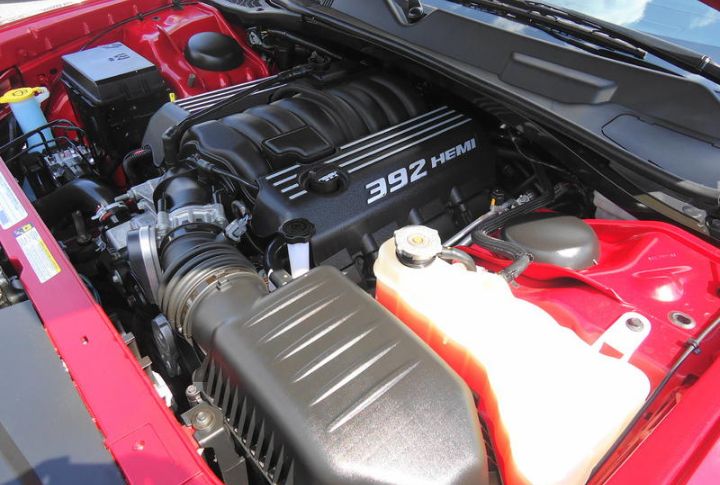
Chrysler’s HEMI engines have a rich legacy, with both the 392 and 5.7 HEMI gaining recognition for their performance. While they share similarities, each engine offers unique attributes that set them apart. Here are ten key differences between the 392 and 5.7 HEMI.
Bigger Displacement Equals More Power

Size isn’t just about bragging rights. The 392 HEMI’s 6.4-liter displacement cranks out 485 horsepower, which makes it a track-ready beast. In contrast, the 5.7-liter HEMI produces around 360 horsepower and caters to those who want muscle without high-rev aggression.
Not Every HEMI Finds A Home In A Pickup Truck
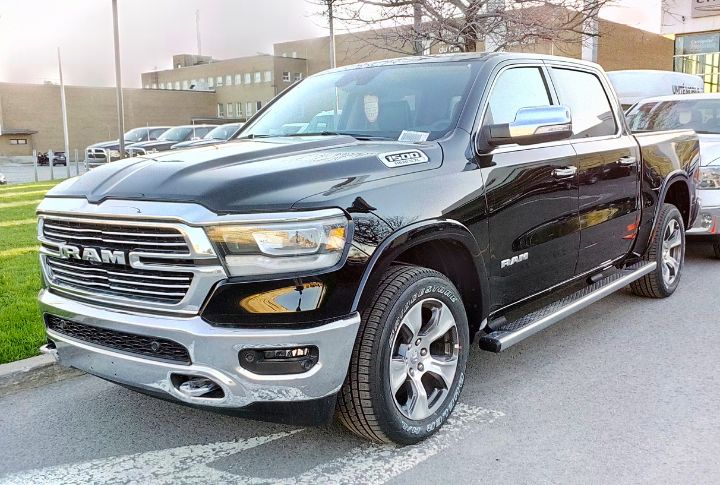
Some engines belong in workhorses, others in thrill machines. Notably, the 5.7 HEMI serves double duty and powers the Ram 1500 trucks and Dodge performance cars alike. The 392, built strictly for speed, is found only in muscle cars and select performance SUVs, never in towing-focused vehicles.
Racing Technology Shapes The 392’s Durability
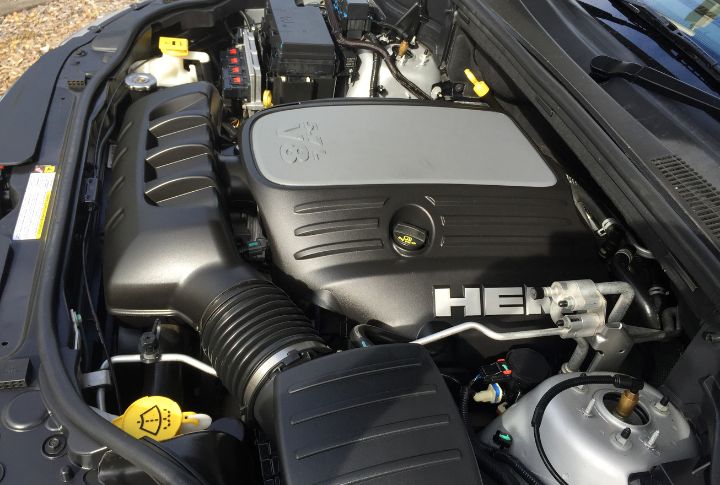
With forged pistons, oil-jet cooling, and a reinforced crankshaft, the 392 HEMI withstands high RPMs and aggressive launches. Though strong, the 5.7 HEMI skips these enhancements and prioritizes longevity over extreme performance. This difference defines their real-world applications.
Fuel Type Determines Long-Term Costs
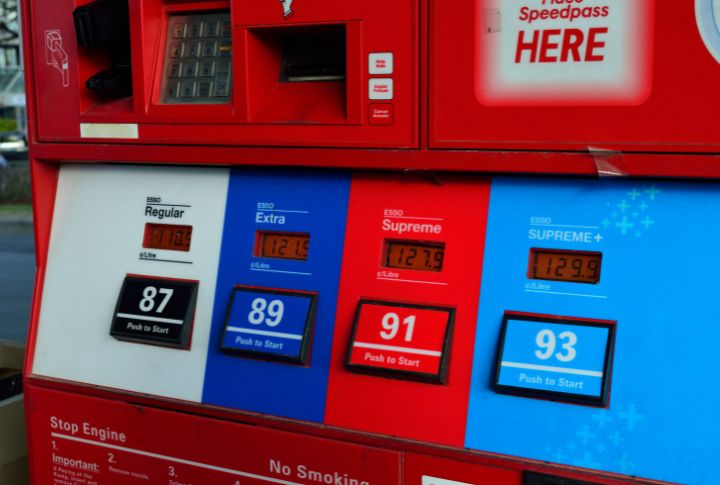
Octane rating isn’t just a number. The 392 HEMI requires premium fuel to maximize performance and prevent knocking under high loads. A 5.7 HEMI owner, on the other hand, can fill up with regular gas without sacrificing reliability—making it a more affordable option over time.
One Of These Engines Traces Its Roots To Drag Racing
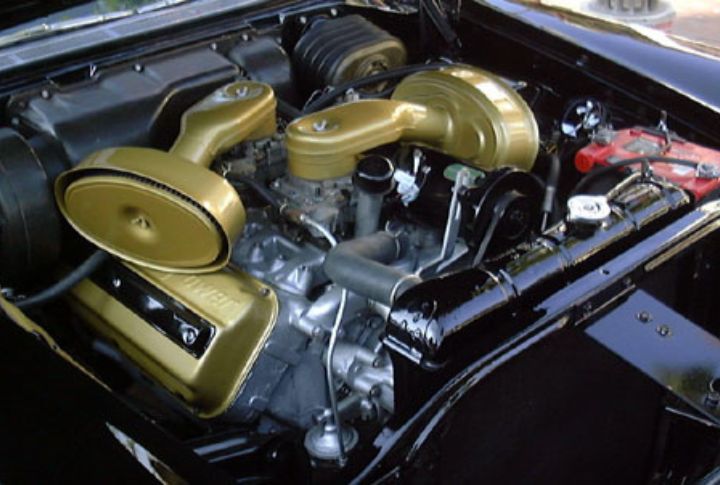
The 392 cubic-inch name carries history. Chrysler first introduced this displacement in 1957, building a legacy in drag racing. When Dodge revived it for modern muscle cars, they honored that past. Designed in 2003, the 5.7 HEMI introduced HEMI power to mainstream performance vehicles.
How Block Construction Affects Strength And Heat Resistance
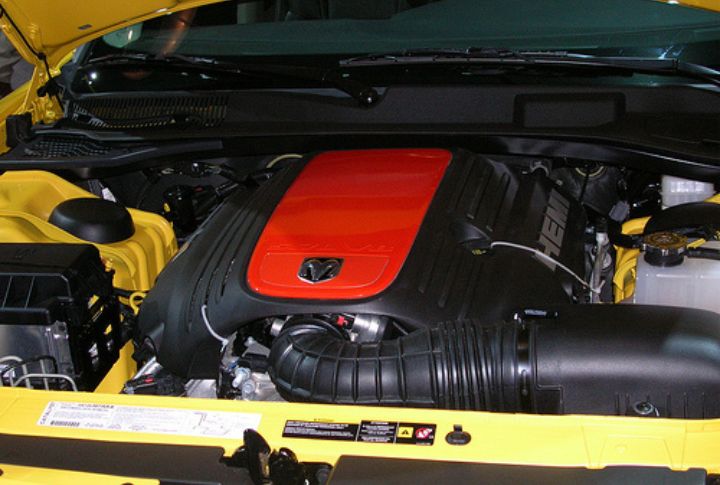
Cooling matters when an engine operates under pressure. Both the 5.7 and 392 HEMIs use a deep-skirt block design, which improves structural integrity. However, the 392’s additional cooling channels and reinforced internals handle extreme heat better, which allows it to perform aggressively without overheating.
Tuning Potential Depends On The Starting Point
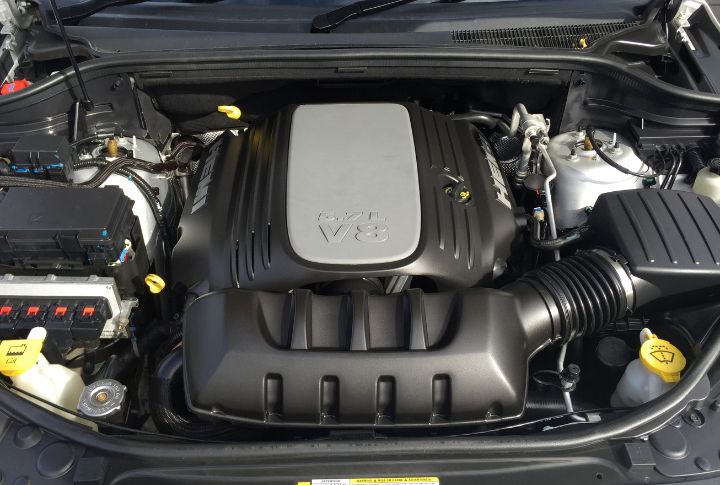
Which engine offers more room for upgrades? The 5.7 HEMI has greater tuning flexibility, making it a favorite for aftermarket modifications. Already optimized for high performance, the 392 HEMI requires major upgrades—like forced induction—to see noticeable gains beyond its factory output.
Cooling Systems Keep Performance From Fading
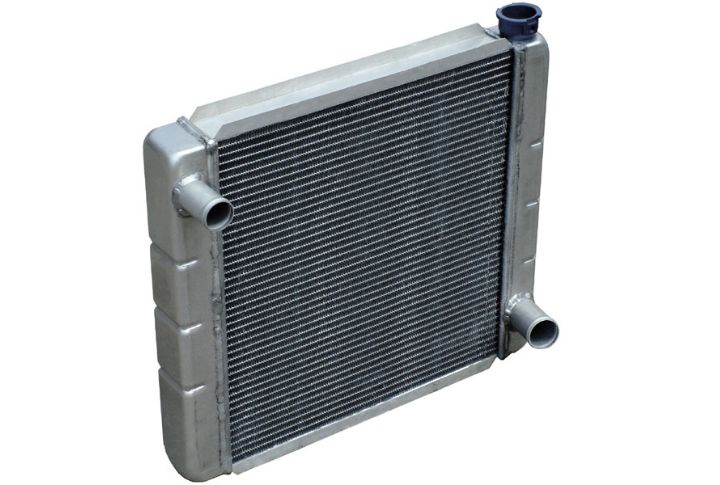
Excessive heat kills power. To combat this, the 392 HEMI features a Severe Duty II cooling system and an integrated oil cooler for stability under intense conditions. The 5.7 HEMI relies on a simpler setup, sufficient for normal driving but less effective in extreme environments.
Small Engineering Differences Affect Longevity
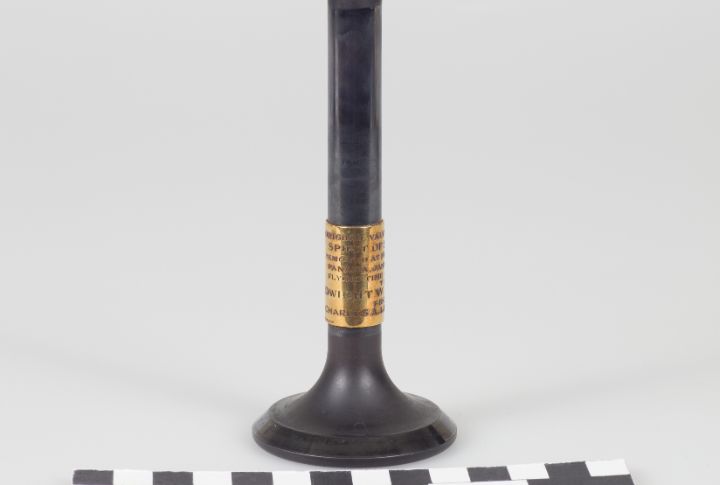
Sodium-filled exhaust valves might seem like a minor detail, but they make a difference. The 392 HEMI uses them to dissipate heat more efficiently during high-speed driving. , While still durable, the 5.7 HEMI doesn’t require these high-performance components, as it isn’t subjected to extreme conditions as often.
The Driving Experience Feels Completely Different
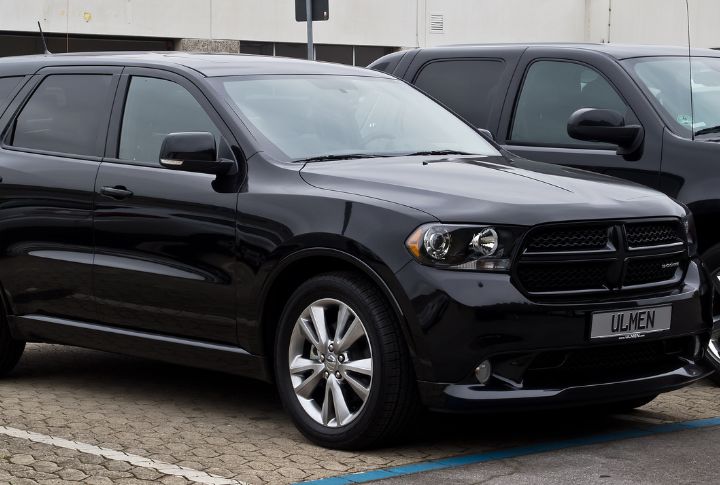
How a car feels on the road sets these engines apart. Interestingly, the 392 HEMI delivers a sharp throttle response, strong acceleration, and a thunderous exhaust note. In contrast, the 5.7 HEMI provides a smoother, more gradual power delivery, striking a balance between everyday drivability and muscle car performance.

















































